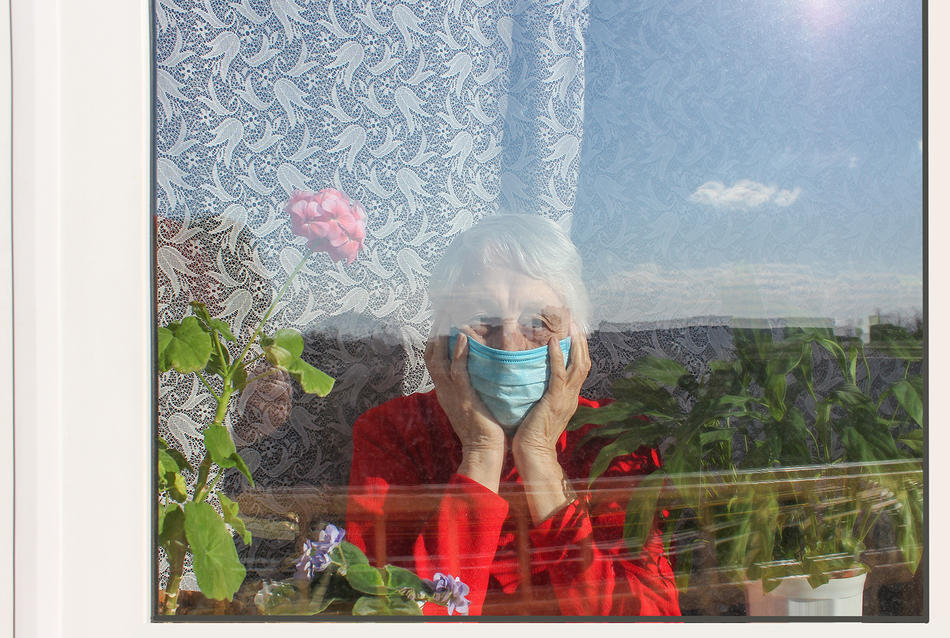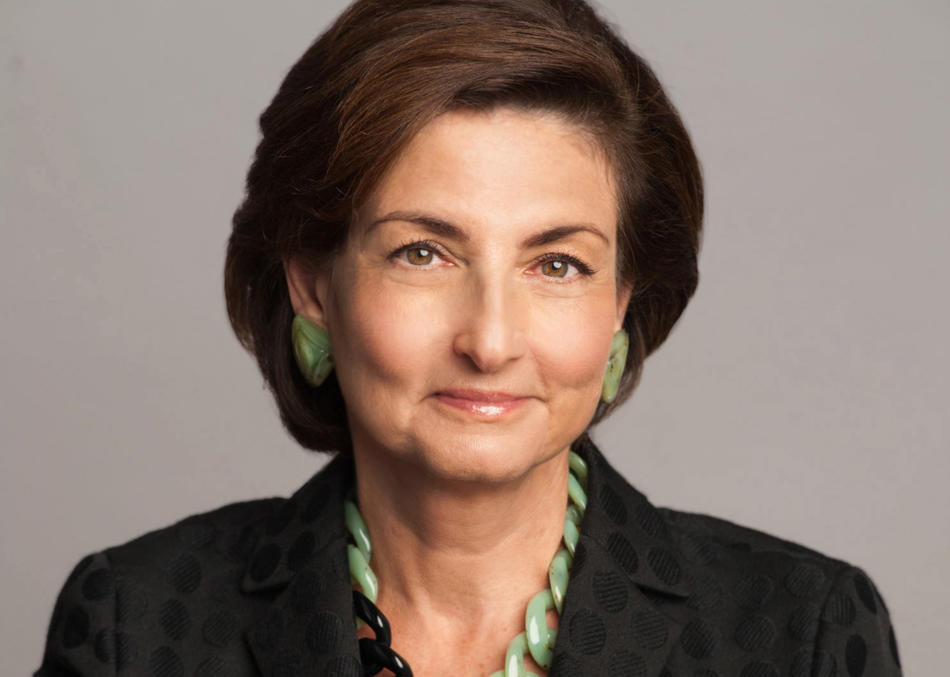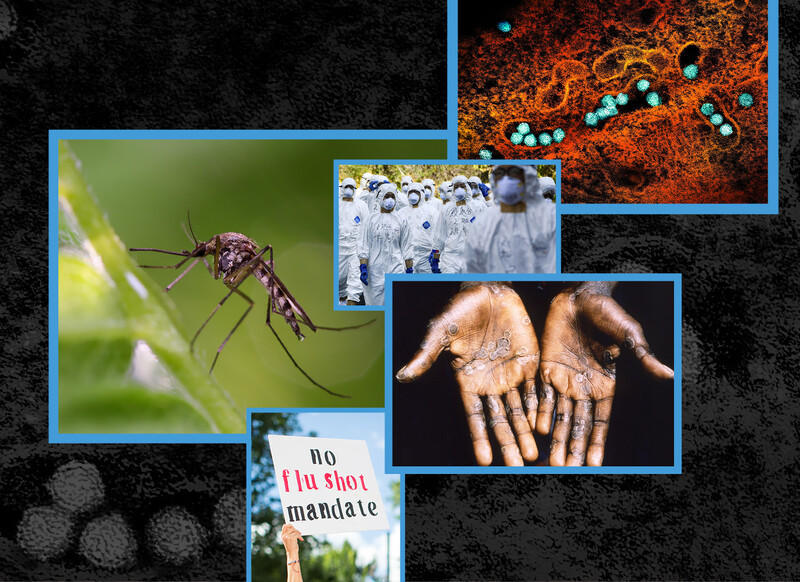The COVID-19 pandemic has shut down society in an unprecedented way, but for the elderly, the consequences of both the disease and the social distancing required to curb its spread are sizable.
Gerontologist Linda P. Fried, dean of the Mailman School of Public Health, explains that adults sixty-five and older are at higher risk for severe illness and death from the virus because of their “decreased reserves.”
“There are changes in our physiology as we get older that make it harder for us to bounce back from any kind of illness. We call that frailty,” Fried says. “Older people are also more likely to have other long-term medical conditions. Because of that, the body is less able to handle a major stressor or infection.”
Such physiological vulnerability is exacerbated by the fact that nursing homes, assisted-living facilities, and hospitals have been breeding grounds for COVID-19. But Fried is also concerned about the well-being of seniors who live independently.
Fried, whose research focuses on healthy aging, says that older adults benefit tremendously by staying both mentally and physically active. Now, as people are encouraged — and in many states legally required — to stay at home, Fried worries about further isolating this population.
“As people get older, their life circumstances change. They lose their spouses to death or divorce, friends die, children move far away,” she says. “Obviously that now has bigger ramifications. There are deep mental tolls, and one of the most devastating is loneliness.”
Fried says that older adults are prone to three specific kinds of loneliness. The first is brought on by a lack of intergenerational contact. “We need all age groups to interact to create meaningful lives,” Fried says. Second, aging adults feel lonely when they aren’t able to contribute to society. While others might bond with colleagues or schoolmates as they work or attend class online, the elderly are not likely to have such outlets. And finally, aging adults are prone to what Fried calls an existential loneliness.
“People are wondering if their lives are going to end shortly for reasons out of their control. They’re wondering if they’ll be able to get the care they need,” she says. “And most profoundly, they’re wondering if they are going to be cast out of society. If their lives have value.”
The COVID-19 pandemic has brought that last question into startling reality as society has grappled with impossible dilemmas. In Italy, doctors working with limited resources were forced to prioritize the care of younger adults with a better chance of recovery. As the pandemic rages across the globe, other hospitals may be faced with the same impossible choices. In addition, decisions on how and when to relax social-distancing recommendations must factor in the value of society’s most vulnerable citizens.
“The ferocity of this particular virus has caught a lot of us by surprise,” Fried says. “We have a lot more questions than answers for the future.”
This article appears in the Spring/Summer 2020 print edition of Columbia Magazine as part of the cover story, "What We Have Learned From the Pandemic (So Far)."




